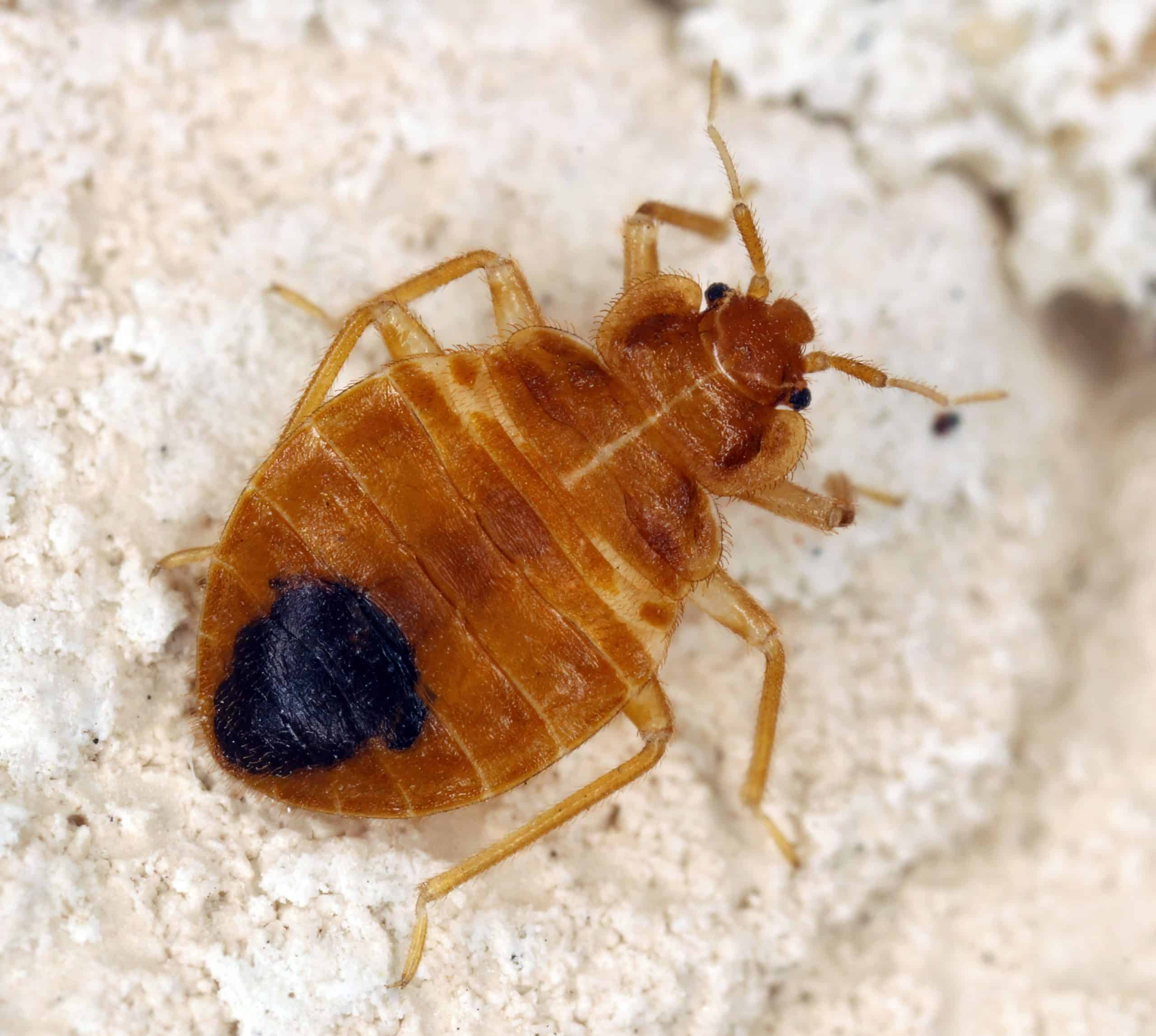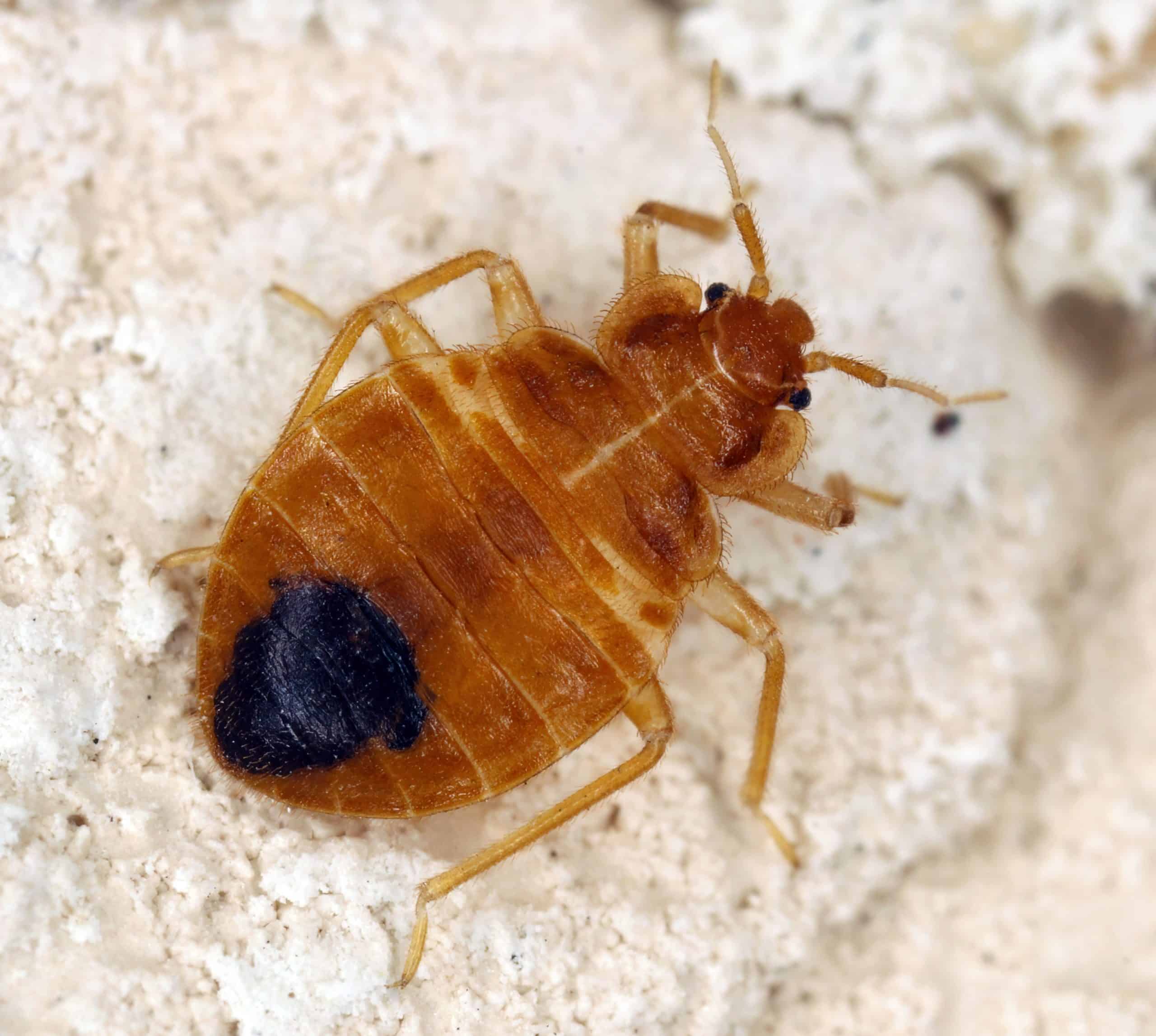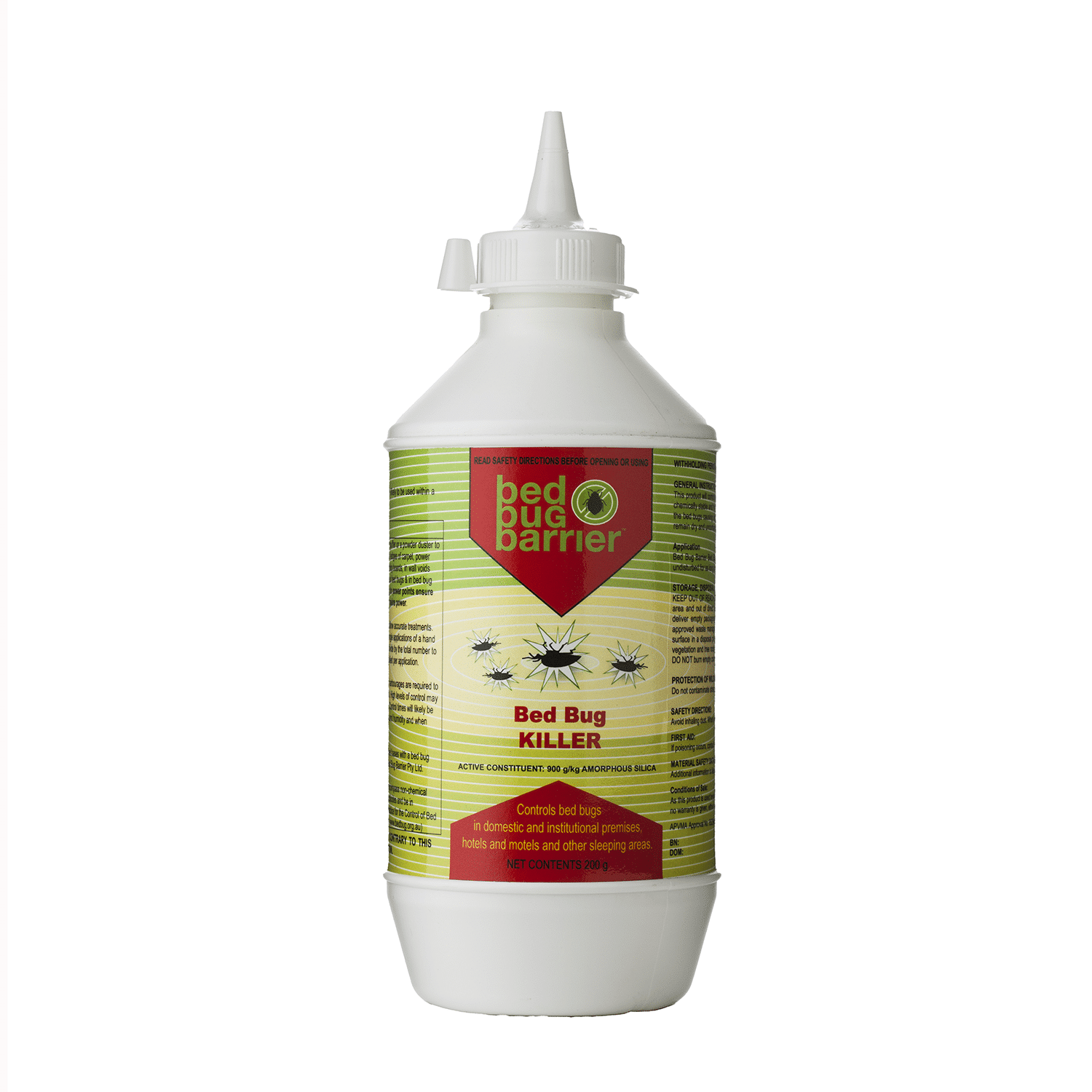
In the article
If you’ve stumbled across the term Cimex lectularius and you’re scratching your head (literally or figuratively), you’re not alone.
Whether the name showed up on a pest inspection report, a late-night Google rabbit hole, or a science article, chances are, you’re really just trying to figure out what this creepy Latin name actually means — and whether you need to be worried.
Let’s dive in and break it down.
What is Cimex lectularius? (Plain-English Explanation)
Cimex lectularius is the scientific name for the common bed bug. That’s right — the tiny, rust-coloured insect that hides in mattresses, bed frames, and cracks in the walls, waiting for nightfall to come out and feast on your blood.
Here’s a quick breakdown:
- Genus: Cimex
- Species: lectularius
- Common Name: Bed bug (specifically the common variety)
- Habitat: Human homes, hotels, shelters, public transport — anywhere with access to a human host
This insect has been living alongside humans for thousands of years. In fact, ancient texts from Egypt mention them. They’ve made a global comeback in recent decades, partly due to pesticide resistance and global travel.

Bedbug also known as Common bedbug or Wall-louse (Cimex lectularius) on the wall in the apartment
What Does Cimex lectularius Look Like?
They’re small, but not microscopic — you can see them with the naked eye. And once you’ve seen one, you won’t forget it.
Key traits:
- Flat, oval-shaped body (like an apple seed)
- Reddish-brown colour (darker after feeding)
- Around 4–7 mm in length as adults
- Nymphs (baby bed bugs) are translucent or whitish-yellow
- Wingless, but fast on their feet
At night, they come out to feed, often leaving behind clues: blood spots on your sheets, shed skins, tiny white eggs, or a musty odour. If you’ve got a mystery bite and spotted one of these in your bed seams — odds are, you’ve met Cimex lectularius.
What Problems Does Cimex lectularius Cause?
While they don’t transmit diseases like mosquitoes or ticks, bed bugs are a serious nuisance and can wreak havoc on your sleep and sanity.
Common issues:
- Itchy bites: Bed bug bites often in clusters or lines, usually on exposed skin
- Allergic reactions: Swelling, blistering, or intense itching for sensitive individuals
- Sleep disruption: Knowing bugs are feeding on you at night? Not exactly restful
- Anxiety and stress: Infestations often lead to paranoia and loss of sleep
- Social stigma: Many people feel embarrassed, despite the fact that infestations can happen to anyone — clean home or not
Fun fact (or not-so-fun): Cimex lectularius can survive for 12 months without feeding, making them incredibly persistent pests.
Where Does Cimex lectularius Come From and How Does It Spread?
The short answer? You probably brought them home with you. Don’t take it personally — they’re hitchhiking pros.
Common ways they spread:
- Luggage and travel gear: Picked up from hotel rooms or public transport
- Second-hand furniture or mattresses: A classic hiding spot
- Shared laundry facilities
- Close living quarters: Apartments, dorms, aged care homes, shelters
They’re stealthy — often going undetected for weeks or even months until their population explodes. And once they’re in, they hide in mattress seams, wall cracks, furniture joints, light switches, even behind picture frames.

The Most Common Cause of Bed Bug Infestations Is Travelling
How Do You Get Rid of Cimex lectularius?
Here’s where things get serious. You’ve confirmed you’ve got a bed bug infestation — now what?
The most effective approach involves a mix of:
- Heat or steam treatment: Kills bed bugs instantly using a hand held bed bug steamer. Direct contact is essential.
- Diatomaceous Earth (DE): A natural powder that dehydrates and kills bugs long-term. It’s safe for pets and humans but lethal for insects.
- Mattress and base encasements: Lock bed bugs in and keep new ones out using bed bug covers. Prevents hiding.
- Bed leg traps: Prevents bed bugs from crawling up to bite you while you sleep using Bed Bug Traps.
- Isolation method: Move your bed 30cm from walls and furniture, then use traps and powder around all legs — so any hungry bugs are forced to crawl through the powder to reach you.
Avoid relying on:
- Over-the-counter sprays: Most only kill on direct contact and won’t affect eggs or hiding bugs.
- Bug bombs or foggers: Often make the problem worse by scattering the insects.
- Electronic plug-in repellers: Proven ineffective. Total waste of money.
Want to sleep in your bed tonight? Use a system that offers both instant kill and long-term prevention in one go.
Should You Be Worried If You Find Cimex lectularius?
It’s definitely serious — but it’s fixable.
A single bug doesn’t mean a full-blown infestation, but it does mean it’s time to act fast. Early detection is your best friend. Cimex lectularius doesn’t go away on its own, and every day you wait is a day their population can grow.
The good news? With the right bed bug products and tools, you can beat them without chemicals, massive costs, or tossing your furniture.
Final Thoughts: Cimex lectularius, Now You Know
So next time you hear someone drop the term Cimex lectularius, you’ll know exactly what they’re talking about: bed bugs. And not just any bed bugs — the resilient, blood-sucking kind that’s been bugging humans since ancient times.
Whether you’re here for research or to get rid of an infestation, remember: the sooner you isolate and treat, the sooner you’ll sleep easy again.
Looking for a non-toxic solution that actually works? Learn how our isolation system beats Cimex lectularius fast — or Shop DIY Bed Bug Treatments Now.
No gimmicks. Just results that last.
Frequently Asked Questions
Cimex lectularius dangerous to humans?
Answer:
Cimex lectularius (the common bed bug) isn’t considered medically dangerous because it doesn’t spread disease. However, the bites can cause allergic reactions, skin infections from scratching, and serious sleep disruption. Even worse? The mental stress. Many people report anxiety, insomnia, and paranoia during an infestation. So while it’s not deadly, it absolutely impacts your health and quality of life.
How do you know if Cimex lectularius is in your home?
Answer:
Look for signs like itchy bites in lines or clusters, tiny blood spots on your sheets, dark faecal stains, a musty odour, or visible bugs hiding in mattress seams and cracks. You might also see shed skins or tiny white eggs. Bed bugs are stealthy, but with a flashlight and some inspection, they can be spotted — especially around beds and furniture.
What kills Cimex lectularius instantly?
Answer:
Steam is one of the best instant killers — it reaches into cracks and destroys bed bugs on contact. You can also use high-heat treatment or professional-grade Diatomaceous Earth (DE) for long-term kill. Avoid supermarket sprays that only work on contact and rarely reach the eggs or hidden bugs. A combination of instant steam and long-term DE powder gives the best results without toxic chemicals.
Are You Looking for an Organic DIY Treatment?
Watch Our DIY Treatment Video For An Ensemble Bed
Watch Our DIY Treatment Video For A Bed with Slats
Sources
CDC (Centers for Disease Control and Prevention)
URL: https://www.cdc.gov
Environmental Protection Agency (EPA) – Bed Bugs




Leave a Reply